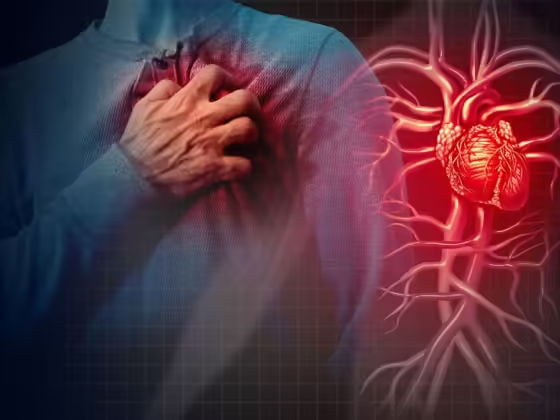When a person’s circulatory system is in a balanced and optimal operating state, it is referred to as hemodynamic stability. It means They have normal blood pressure and circulation, indicating that their heart is capable of pumping blood efficiently. Haemodynamic, the study of blood flow within the circulatory system, plays a critical role in maintaining overall health and well-being.
For every organ and system in the body to work as best they can, efficient blood circulation is necessary for the removal of metabolic waste products as well as for supplying vital nutrients and oxygen to tissues. Gaining knowledge of the complexities of haemodynamic can help prevent, diagnose, and treat diseases by revealing many facets of human physiology and pathology.
The Importance of Blood Flow:
- Tissue Perfusion: Sufficient blood flow is required to guarantee appropriate tissue perfusion, which enables organs to get the nutrients and oxygen they require for optimum performance. Ischemia, tissue injury, and organ failure can be brought on by inadequate tissue perfusion.
- Waste Removal: Lactic acid and carbon dioxide, two metabolic waste products, are removed from tissues more easily when blood circulation is efficient. Tissue homeostasis is maintained and the accumulation of toxins is prevented by appropriate waste disposal.
- Delivery of Nutrients and Oxygen: Blood ensures that cells throughout the body function properly and survive by delivering essential nutrients, oxygen, and hormones. Sustaining tissue health and cellular metabolism depend on optimal blood flow.
- Blood Pressure Regulation: Haemodynamic is essential in controlling blood pressure because it maintains equilibrium between the forces that control blood flow via arteries, arterioles, capillaries, venules, and veins. Hemodynamic parameter abnormalities raise the risk of cardiovascular illnesses by causing hypertension or hypotension.
Factors Influencing Haemodynamic:
- Blood Volume: Changes in blood volume have an impact on heart rate and cardiac function. Haemodynamic are influenced by the overall volume of blood in the body. Blood volume is influenced by variables such as fluid balance, blood loss, and level of hydration.
- Blood Viscosity: Blood’s viscosity, or thickness, influences how it flows. Blood viscosity can rise due to conditions like polycythaemia or dehydration, which can worsen circulation and put people at risk for cardiovascular problems.
- Cardiac Output: The total amount of blood that passes through the circulatory system is determined by cardiac output, which is the amount of blood that the heart pumps out each minute. Hemodynamic parameters are affected by variations in cardiac output caused by changes in heart rate and stroke volume.
- Vascular Tone: Haemodynamic is greatly impacted by the tone of blood vessels, which is regulated by smooth muscle contraction and relaxation. Vascular tone is regulated by elements that impact blood pressure and blood flow distribution, including endothelial function, hormonal effects, and sympathetic nervous system activity.
The complex relations of physiological variables that control blood flow and heart function are collectively referred to as hemodynamic. By interpreting the mysteries of hemodynamic, scientists and medical professionals can acquire important knowledge about the etiology of cardiovascular disorders and possible therapy pathways.











